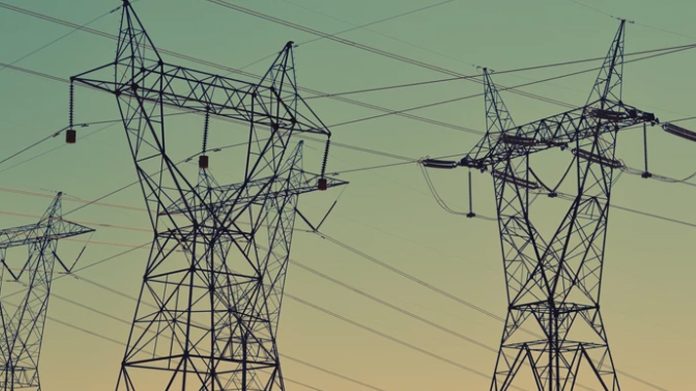Seventy percent of hydroelectric plants in the country are running below capacity due to the effects of El Niño, with Luzon forecast to suffer further decreases in power supply output this year.
Citing Department of Energy (DOE) data, the Institute for Climate and Sustainable Cities (ICSC) reported that Luzon already suffered a 22% decrease in power output from its hydroelectric plants in the first quarter of the year and is expected to experience even tighter power supply in the coming months.
It may lead to “yellow alerts” as El Niño continues to threaten power sufficiency during the country’s dry season, ICSC in a press conference in Quezon City said Tuesday.
Already, 980-megawatt (MW) has already been made unavailable by the ongoing prolonged dry spell from the maximum of 12,000-MW capacity of the country’s baseload power plants, ICSC reported.
Baseload power plants are relied upon to provide the minimum amount of electric power needed by an electrical grid.
“As El Niño reduces the available capacity from hydroelectric power plants, all baseload power plants need to be compliant with the approved Grid Operating and Maintenance Program of the National Grid Corporation of the Philippines (NGCP) and the DOE,” ICSC chief data scientist Jephraim Manansala said.
“Any unplanned outages may further deplete operating reserve levels and affect the grid’s reliability,” Manansala added.
ICSC predicted that Luzon would suffer the tightest power supply in the last two weeks of May.
ICSC however said that while Luzon is threatened with insufficient power supply, Visayas and Mindanao are projected to maintain normal reserves in the second quarter.
El Niño will have minimal impacts on the Visayas grid due to the region’s limited hydroelectric capacity. Many Visayan islands rely on the more expensive bunker and diesel fuel as well as coal for power generation.
The region also receives 540-MW from Mindanao’s reserve levels.
The NGCHP meanwhile announced a yellow alert status over all of Luzon and Visayas on Tuesday.
PH needs more ‘resilient’ power sources
ICSC urged energy sector players to efficiently deliver its committed capacities as well as work on preventing power outages.
The group also urged the sharing of power supply capacities among major grids.
“Activating the DOE’s Interruptible Load Program (ILP) can also augment the power supply in Luzon during yellow or the more precarious red alerts,” ICSC energy transition advisor Alberto Dulusung III said.
Resorting to ILP means that the power supply has already deteriorated, signaling the grave reality of the country’s power supply vulnerability, the expert said.
ICSC said workplaces and households may help in increasing efficiency by shifting their use of energy-intensive activities to non-peak hours.
They may also upgrade to more efficient technologies, the group said.
“The recurring issue of power supply deficiency in the country highlights the vulnerability of the current centralized and baseload-reliant grid system. Our country must prioritize flexibility and distributed generation in energy policy-making and planning,” ICSC senior policy advisor Pedro Maniego Jr. said.
The Philippines must transition to greater integration of renewable, indigenous, and clean energy into the grid to ensure a resilient, dependable, and sustainable electricity supply for consumers, he added.
“Relying on imported fuel makes us highly vulnerable to the vagaries of geopolitics and global market prices. With no end in sight to the Ukraine war and escalation of the Middle East conflicts, fuel prices might reach record levels once again,” Maniego warned.
This article was first published by KODAO Production









